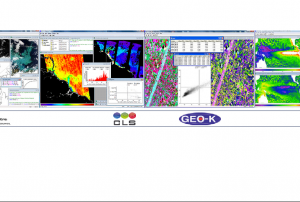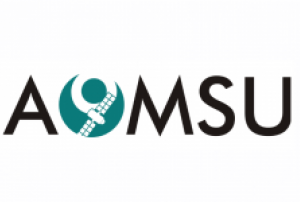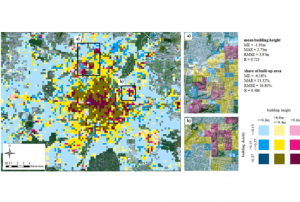Tsunami
Definition
Facts and figures
Further information
UN-SPIDER Regional Support Offices with hazard-specific expertise
Related content on the Knowledge Portal
- Publishing institution:
- Publishing institution:
- Publishing institution:
The Asia and Oceania regions are frequently affected by severe natural phenomena such as tropical cyclones, torrential monsoons, volcanic eruptions, yellow sandstorms, floods, sea ice, and wildfires. The importance of monitoring the climate and the environment is also increasing, which has prompted enhanced global interest in the field.
In this area, the new generation of meteorological and earth observation satellites provide frequent and extensive observational information for use in disaster prevention and climate monitoring/diagnostics; they are indispensable in today’s world. The Asia/Oceania Meteorological Satellite Users’ Conferences provide an excellent forum for satellite operators and users within the Asia/Oceania community to meet and enhance their joint efforts in the utilization of satellite data and products for better weather, climate, and disaster mitigation services.Objectives- Promoting satellite…
The International Charter “Space and Major Disasters” and the Copernicus Emergency Management Service Mapping have been activated on 29 September after a 7.5 magnitude earthquake in the central Indonesian Island of Sulawesi.
At least 844 people have been killed and 64,000 displaced according to reports.
The cities of Palu and Donggala are the worst affected areas by the earthquake and a tsunami with waves as high as six metres.
The International Charter was activated by the Asian Disaster Reduction Centre (ADRC) on behalf of the Indonesian National Institute of Aeronautics and Space (LAPAN). Both institutions are UN-SPIDER Regional Support Offices (RSO). Mapping products made available under the activation are available on the…
read more01/10/2018- Publishing institution:
- Publishing institution:
- Publishing institution:
- Publishing institution:



![Copernicus Emergency Management Service (© 2018 European Union), [EMSR317] Palu - Indonesia, Grading Map. Copernicus Emergency Management Service (© 2018 European Union), [EMSR317] Palu - Indonesia, Grading Map.](/sites/default/files/styles/w300_h202_covid_19_detail/public/Copernicus_EMSR317_07PALU_02GRADING_MAP_v2_100dpi.png?itok=k1oGg1mR)

